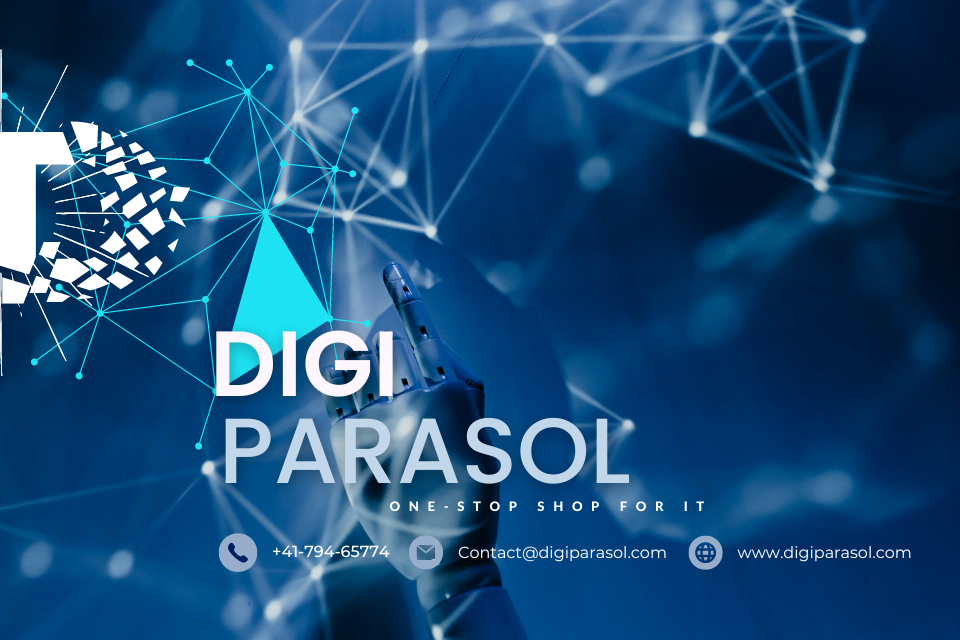As technology continues to advance, artificial intelligence (AI) is becoming increasingly prevalent in various industries, including education. AI has the potential to revolutionize the way students learn and educators teach by providing personalized and adaptive learning experiences. In this blog post, we will explore the benefits of how artificial intelligence is transforming educational software, as well as provide tips on getting started and the essential equipment needed.
Benefits of AI in Educational Software:
1. Personalized Learning: One of the key benefits of AI in educational software is its ability to provide personalized learning experiences for students. AI algorithms can analyze a student’s learning style, strengths, and weaknesses, and tailor the educational content to meet their specific needs. This personalized approach helps students learn at their own pace and optimize their learning potential.
2. Adaptive Learning: AI in educational software can also provide adaptive learning experiences that adjust to the student’s progress and performance. This means that the software can dynamically change the difficulty level of the content based on the student’s individual capabilities. This ensures that students are constantly challenged and engaged, leading to improved learning outcomes.
3. Instant Feedback: Another benefit of AI in educational software is the ability to provide instant feedback to students. AI algorithms can analyze student responses in real-time and provide immediate feedback on their performance. This allows students to learn from their mistakes and make corrections more effectively, leading to faster learning progress.
4. Data-Driven Insights: AI in educational software can also generate valuable data-driven insights for educators. By analyzing student performance data, educators can gain a deeper understanding of student learning patterns and identify areas for improvement. This data-driven approach can help educators make more informed decisions about teaching strategies and interventions.
Getting Started with AI in Educational Software:
If you are interested in incorporating AI into your educational software, here are some tips to help you get started:
1. Understand the Technology: Before implementing AI in educational software, it is important to have a good understanding of the technology and its implications. Take the time to research and learn about the different AI algorithms and their applications in education.
2. Identify Your Goals: Clearly define your goals and objectives for incorporating AI into your educational software. Determine what specific problems you are trying to solve and how AI can help you achieve those goals.
3. Choose the Right Tools: Select the appropriate AI tools and technologies for your educational software project. There are a variety of AI platforms and frameworks available that can help you integrate AI capabilities into your software.
Essential Equipment for AI in Educational Software:
To successfully implement AI in educational software, you will need the following essential equipment:
1. High-Performance Computers: AI algorithms require significant computational power to process large amounts of data and perform complex calculations. Make sure you have high-performance computers with sufficient processing power and memory to support AI applications.
2. Data Storage Solutions: AI algorithms also require large amounts of data to train and optimize their performance. Invest in reliable data storage solutions to store and manage the data needed for your AI educational software.
3. AI Software Development Tools: To develop and optimize AI algorithms for your educational software, you will need access to AI software development tools and platforms. Look for tools that provide easy integration with educational software and support for machine learning algorithms.
In conclusion, artificial intelligence is transforming educational software by providing personalized learning experiences, adaptive learning, instant feedback, and data-driven insights. By understanding the technology, setting clear goals, and using the right tools and equipment, educators can harness the power of AI to revolutionize the way students learn and teachers teach in the digital age.


